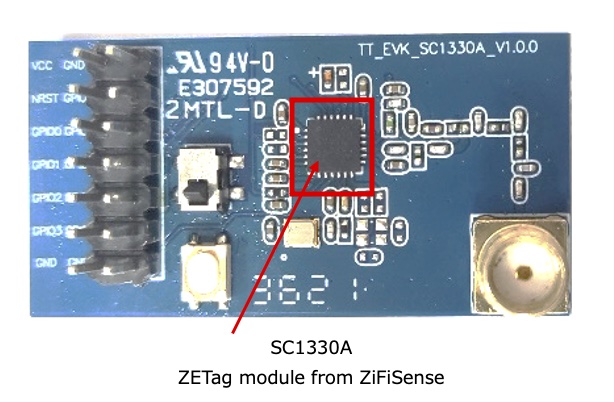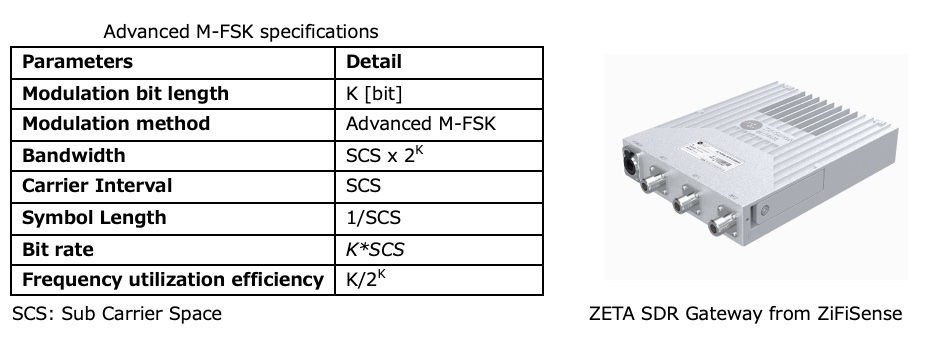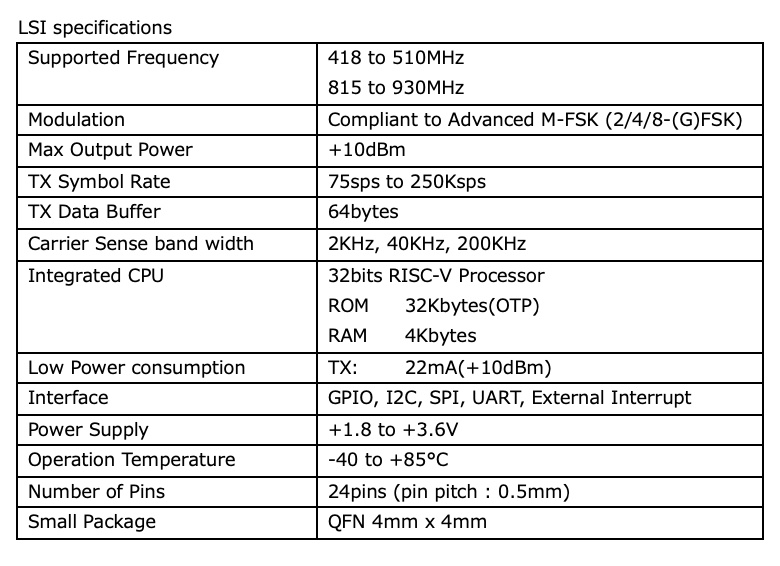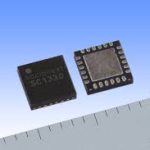The device was jointly developed by Socionext, ZiFiSense, founder of the ZETA standard for Low Power / Wide Area (LPWA), and Techsor, a board member of the ZETA Alliance in Japan.
Mass production is scheduled for this December.
The SC1330A is a low cost LPWAN 2.0 LSI, and is the industry’s first Advanced M-FSK LSI designed exclusively for upstream transmission. It supports Sub-GHz ISM bands such as 418 – 510 MHz and 815 – 930 MHz, and is competitively priced. M
It features low power consumption, long distance transmission, and high-speed mobile communications, making it ideal for smart IoT applications such as environmental monitoring, logistics tracking, asset management, and automated meter reading.
Power and Cost Reductions Come from Limiting the Device to Required Functions
Unlike devices such as NB-IoT (Narrow Band-IoT) and LoRa, Advanced M-FSK in the SC1330A supports unidirectional upstream transmission, since environmental monitoring, logistics tracking, asset management, and automated meter reading often do not requiredownstream communications.
By focusing on upstream transmission, the SC1330A reduces costs and power consumption. It also has a carrier sense function that detects the presence of radio waves in specific frequency bands to prevent interference with other communication devices.
Backed by many years of LSI design expertise, Socionext’s SC1330A integrates in a single chip a 32-bit RISC-V core, various interfaces such as GPIO, I2C, SPI, UART, and External Interrupt, and signal processing units.
It is mounted in a 4mm x 4mm QFN 24 packageusing high frequency signal processing and packaging technologies, which significantly reduces BOM costs, total IoT footprint, and power consumption, while improving quality and reliability.
Integration Reduces Bill of Materials Cost
The SC1330A allows users to configure IoT tags at a low BOM cost. It can be used in a wide range of cost-sensitive applications including consumer goods, asset management, and logistics tracking.

Compared with other LPWA systems, the energy efficient SC1330A consumes approximately 20 mA when transmitting at 10mW (10dBm), and achieves a communication speed of 1 kbps at a distance of 3 ~ 5 km. Such features allow for sufficient performance as an IoT tag, and can act as a low-cost, long-lasting tag by incorporating paper and coin batteries.
For low-frequency communications applications such as readings from smart meters and large-scale devices asset management, the SC1330A features up to 10 years of life expectancy, which significantly reduces operating costs. ZiFiSense will begin mass production of the first ZETag using the SC1330A.
Advanced M-FSK with Software Defined Radio (SDR) Gateways improve Performance and Expanded Usage
The Advanced M-FSK combines ultra-narrow band communication and spread spectrum technologies. The physical layer modulation technology was originally developed by ZiFiSense with Socionext’s high frequency signal processing technology.
Compared with other LPWA designs, Advanced M-FSK is similar to the technology evolution of LTE / 5G OFDM over CDMA (3G), and significantly improves performance. Since processing such as error correction occurs in the hardware physical layer, implementation of applications at the higher level can be easily achieved.

When combined with the ZETA SDR gateway from ZiFiSense, the SC1330A delivers an excellent sensitivity of -150 to -110 dBm at speeds ranging from 100bps to 100kbps, which is approximately three times the communication speed of typical methods.
Also, it supports high-speed mobile communication with a transmission speed of 600bps and a transmission power of 10dBm. Since high-speed mobile communications at 100 km / h have a coverage radius of 6 ~ 10 km, the SC1330A can meet the needs of logistics, industry, agriculture, smart cities, and construction applications.
The ZETA SDR gateway’s Advanced M-FSK modulation technology allows a maximum of 64 channels in a single gateway forconnecting over 50,000 terminals.
Compared with communication methods such as Wi-Fi and other LPWAN, ZETA SDR gateways provide greater radio transparency, lower power consumption, lower cost, higher reception sensitivity, and interference protection.
In addition, the ZETA SDR gateway enables remote firmware updates, significantly reducing operating costs and supporting future ZETA technology upgrades.
Mass production will begin in calendar Q4 of 2022. The SC1330A can support a variety of protocols, it will be able to expand LPWAN world.

To download a PDF version of this

